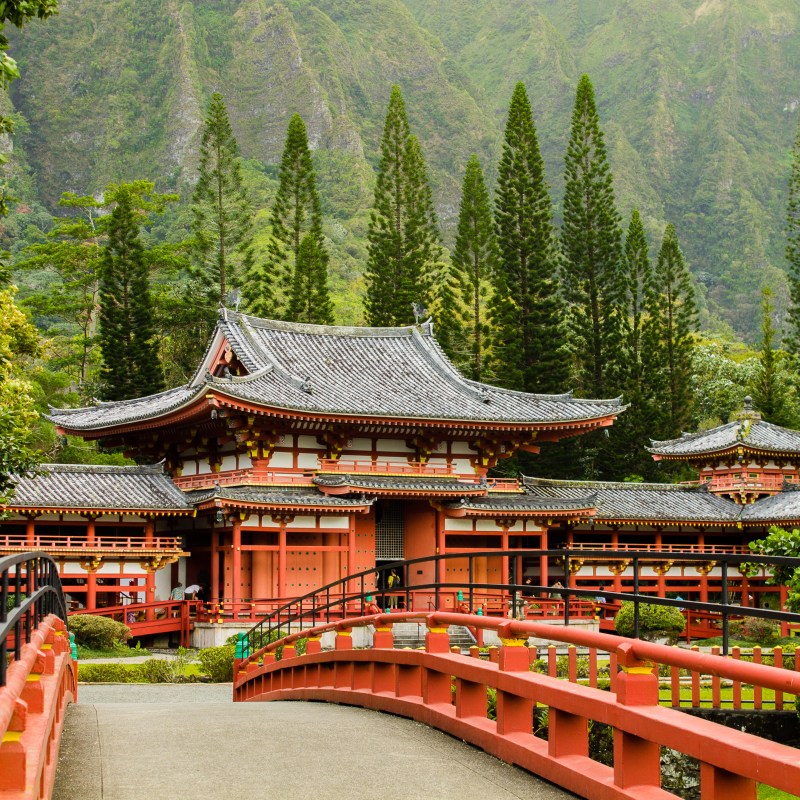
Who says you need to leave the country to travel abroad?
Videos by TravelAwaits
Americans are spoiled when it comes to travel thanks to a few factors. One, our country is large enough that we can enjoy varied outdoor adventures—from subtropical beaches to snow-capped mountains to great, rolling plains. Second, we’re a veritable melting pot of cultures, and each has left its stamp.
While we tend to focus on natural wonders when it comes to travel, there are other ways that we can immerse ourselves in exotic new worlds.
In fact, you might not even need to go far to feel like you’re in another country. Thanks to established groups of immigrants from around the world, our nation is dotted with neighborhoods, landmarks, and parks that will make you feel like you’re stepping off an airplane in an unknown destination.
Ready to travel—without your passport? Head to these nine places that feel like another country.
At a glance: places in the US that feel like another country but aren’t
- China: San Francisco, California
- Japan: Oahu, Hawaii
- India: Fremont, California
- Germany: Leavenworth, Washington
- Netherlands: Holland, Michigan
- Denmark: Solvang, California
- Spain: St. Augustine, Florida
- Iceland: Washington Island, Washington
- Bahamas: Bahia Honda Key, Florida
- Haiti & Cuba: Miami, Florida
9 places in the US that feel like another country but aren’t
China: San Francisco, California
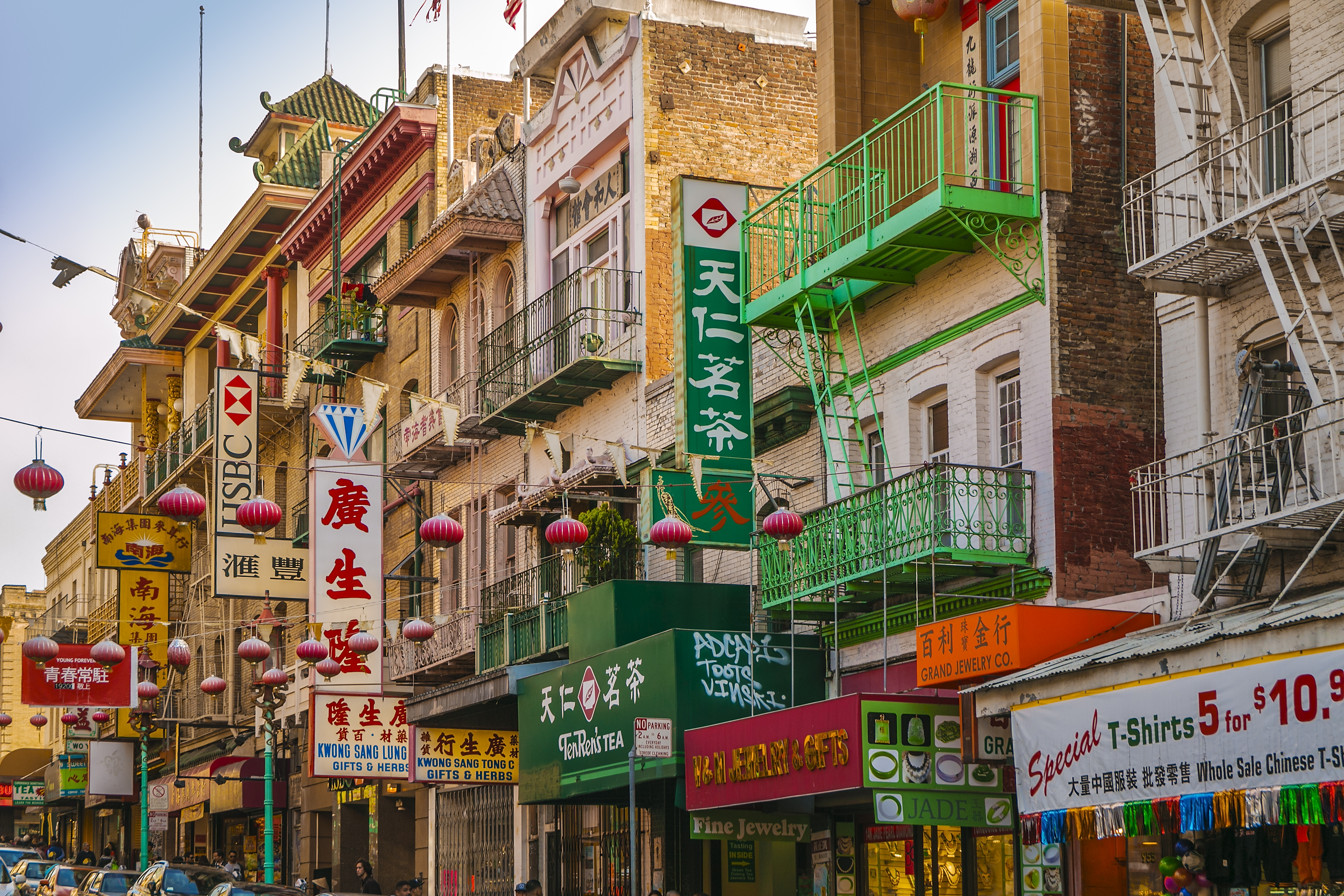
San Francisco’s Chinatown is the oldest Chinese settlement in North America. Established back in the 1850s by laborers immigrating from the Sichuan province, this vibrant and authentic neighborhood still honors its roots.
From the language to the culinary tastes to the temples lining the streets, you’ll feel like your journey past the Dragon Gate takes you straight to southeast China.
Japan: Oahu, Hawaii
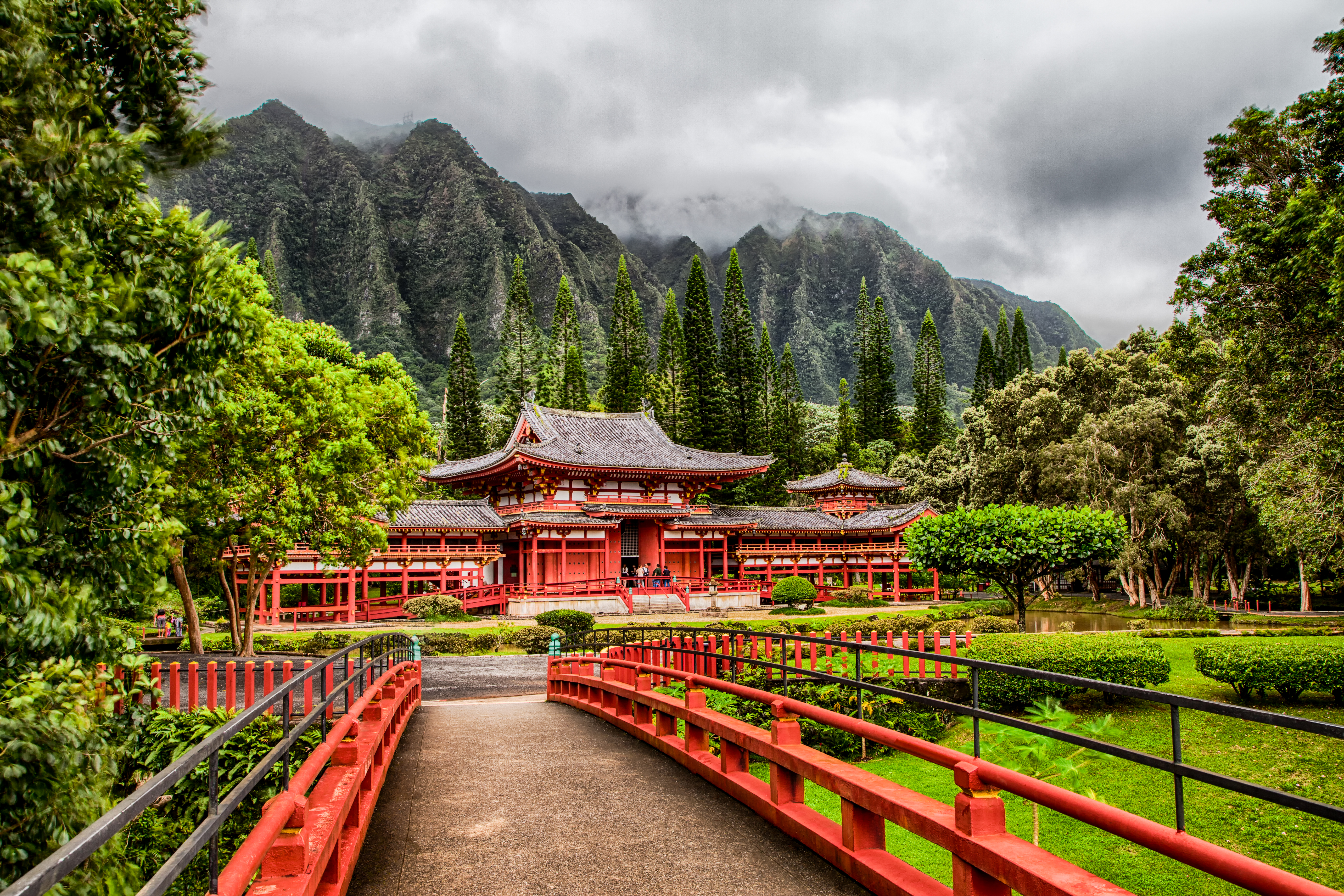
Famous Japanese gardens dot the United States, from Seattle’s Japanese Garden to Miami’s Morikami Japanese Gardens. But Oahu’s Byodo-In Temple looks like something straight out of a Japanese tourism brochure.
The gorgeous temple is a replica of a famous shrine from Uji, which dates back 900 years. Surrounded by jutting Ko’olau Mountains, it’s also one of Hawaii’s most stunning landmarks—one that usually flies under the radar for visitors.
India: Fremont, California
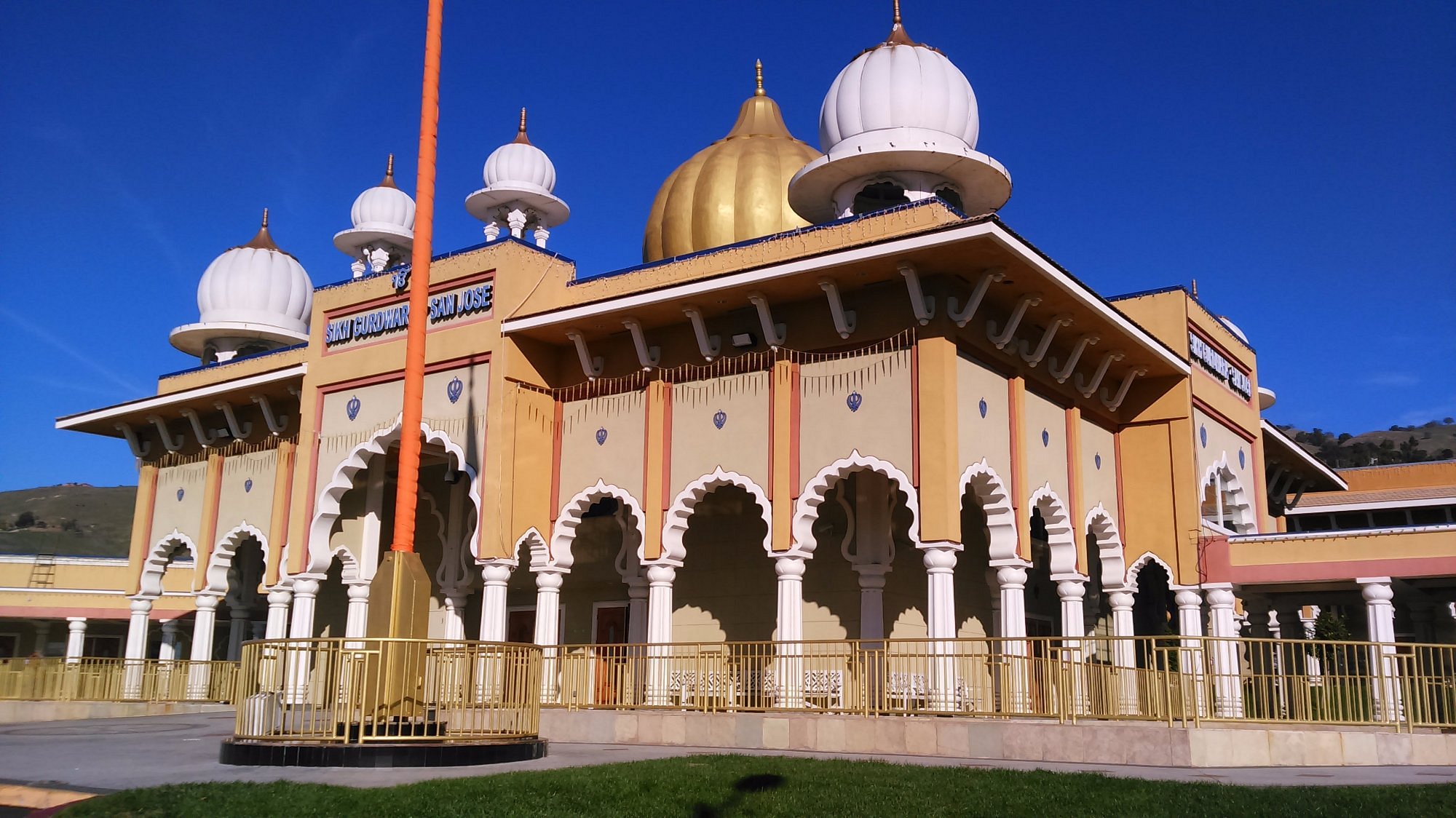
As a former student of Global Studies with an emphasis on religion, I’ve had Amritsar’s Golden Temple on my bucket list for a while. It’s a holy site for Sikhs but also stands as an architectural feast that’s layered with gold leaf.
In Fremont, California, you can visit the local Sikh Gurdwara, which serves the greater Sikh community in the area. I’d recommend stopping by for a meal; the temple’s kitchen serves free food throughout the day. You can also visit at night to enjoy the devotional songs.
Just remember: all are welcome, but this is a holy place, so cover up and don’t shout.
Germany: Leavenworth, Washington
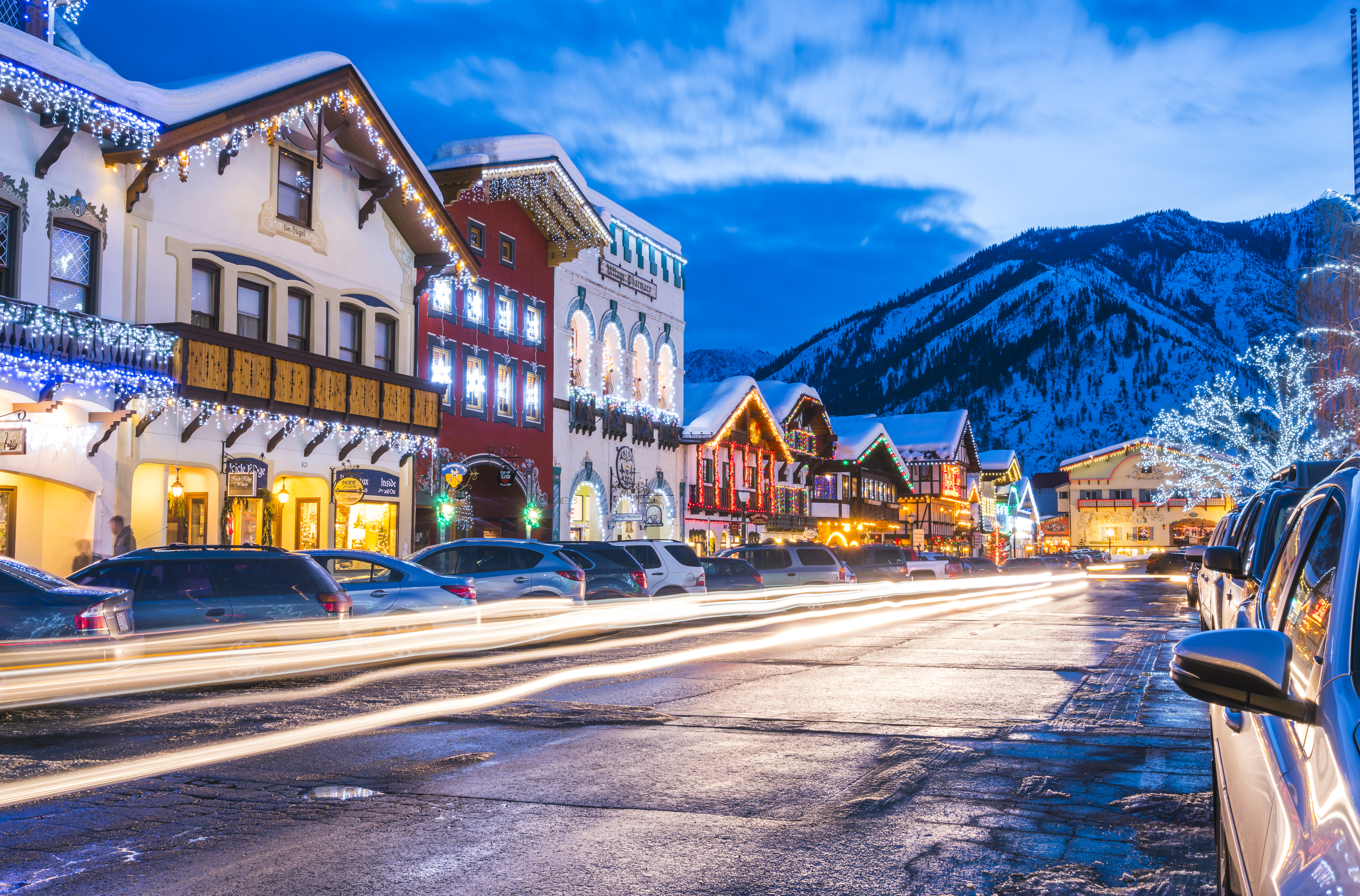
Leavenworth, Washington needs no introduction for many travelers. But just in case you haven’t heard, this small town that sits nestled in the Cascade Mountain Range had a great idea back in the 1960s.
To boost commerce and tourism, its main drag would be designed in a Bavarian village style. Coupled with the cold winter weather, you’ll feel like you’re traipsing through southern Germany.
Netherlands: Holland, Michigan
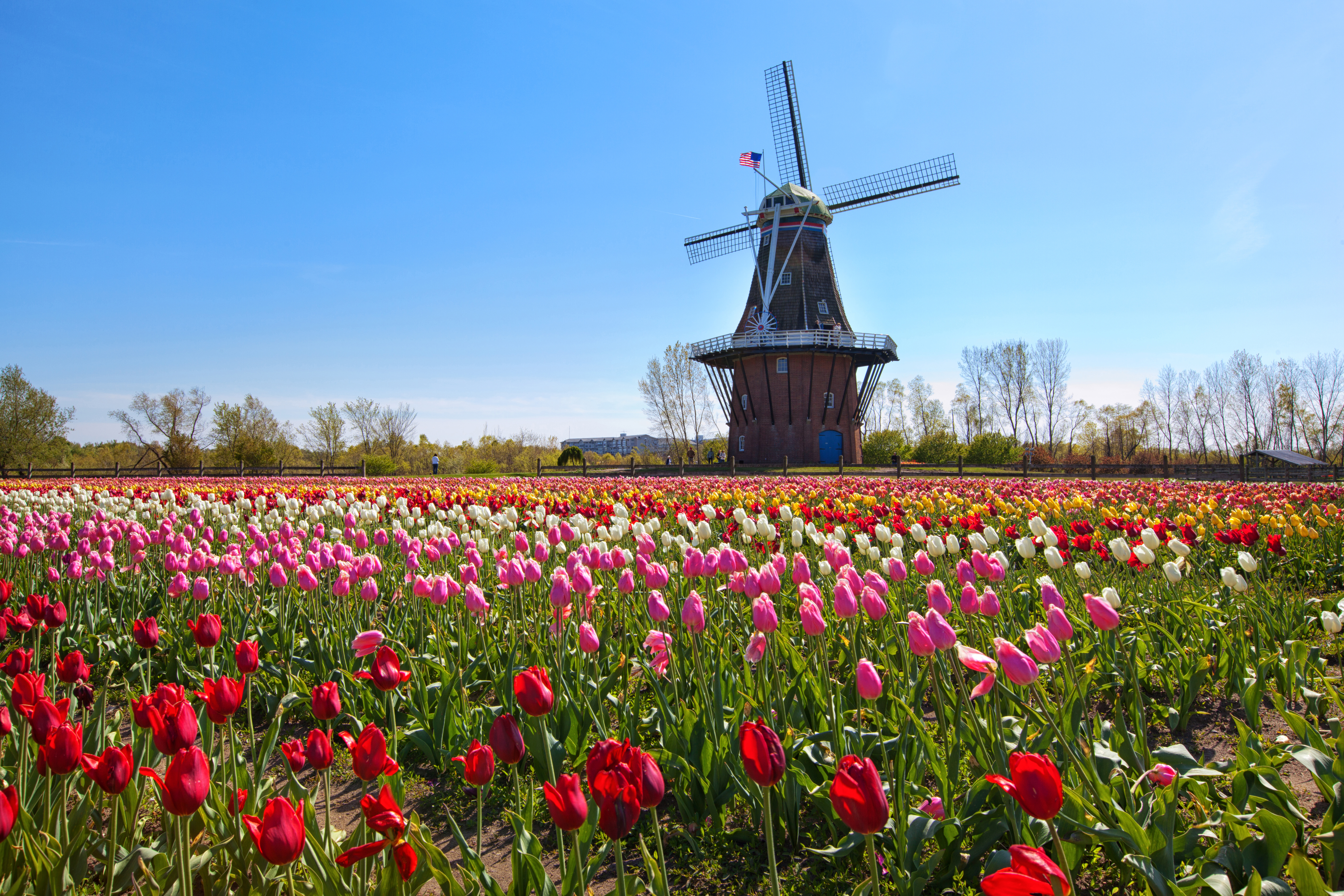
Back in 1847, Dutch colonists settled the area and established a town—which was dubbed Holland. The majority of locals descend from these immigrants. In fact, the town’s official website reads ‘Welkom’, which is Dutch for welcome.
You can book Dutch experiences, from shoe-making to visits to tulip farms just outside town. There’s even a miniature village replica of the Motherland, known as Nelis’ Dutch Village.
Denmark: Solvang, California
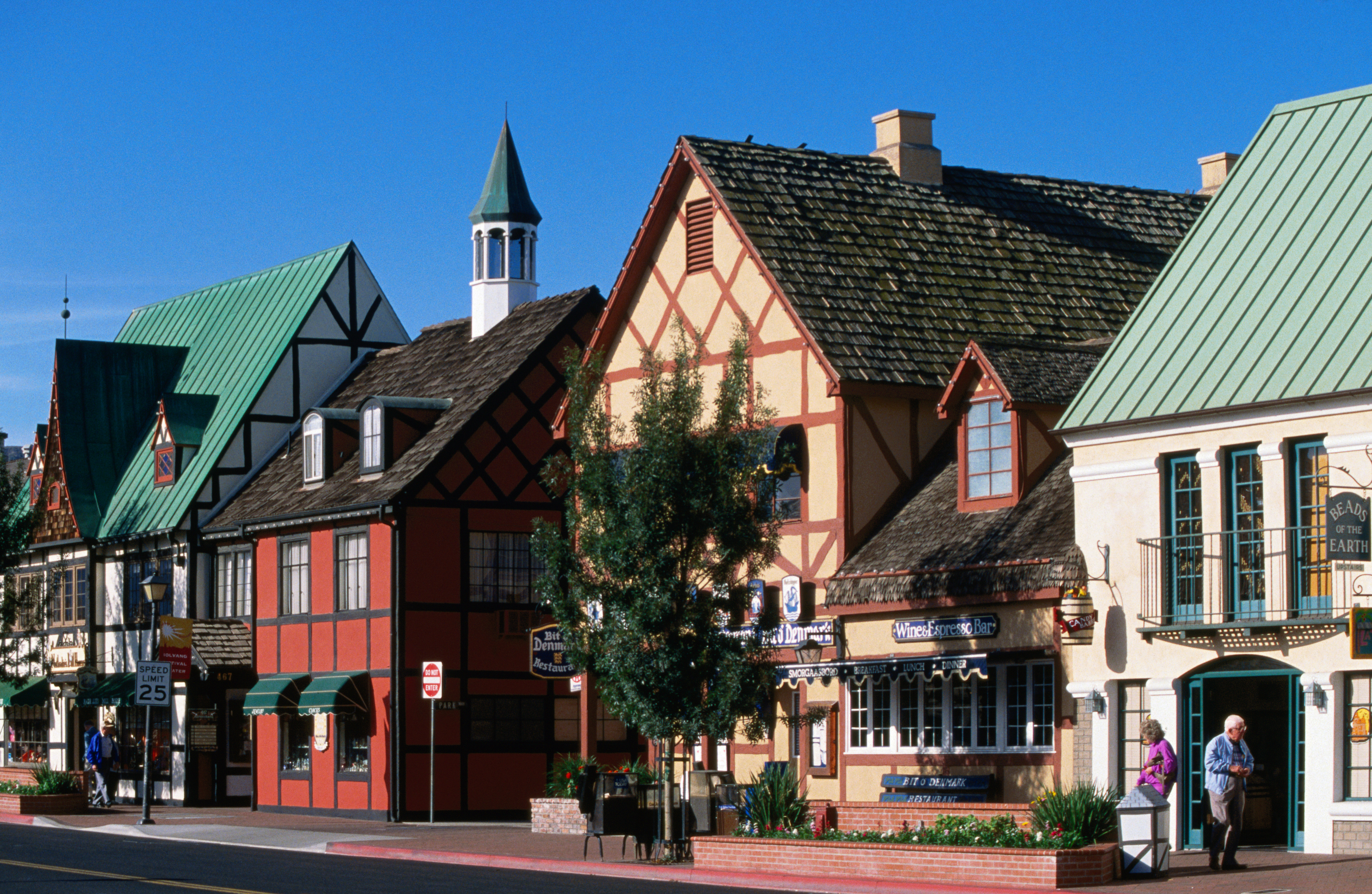
Dubbed the ‘Danish Capital of America’, Danish immigrants flooded this city in the early 1900s. (Apparently, they were fleeing Midwestern winters.) In the late 1940s, Solvang decided to invest in Danish-style architecture in celebration of its heritage.
The pursuit continues today even if most locals aren’t of Danish descent. In fact, Solvang is pretty famous for Danish travelers. In 2011, Prince Henrik even visited.
Spain: St. Augustine, Florida
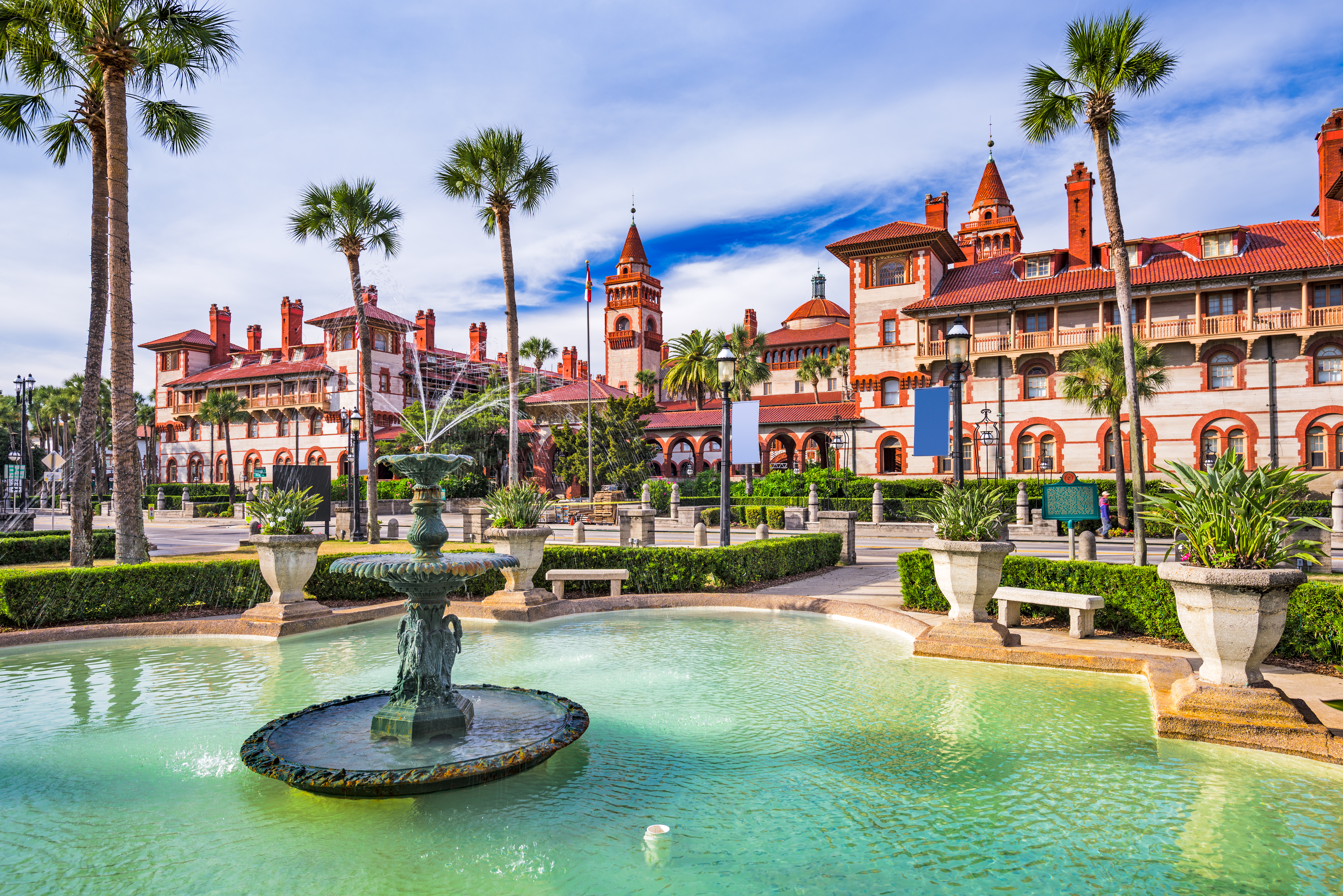
St. Augustine is the oldest European settlement still occupied in the United States, having been settled back in 1565 by Spanish colonists. Those Spanish colonial roots run deep.
In many parts of St. Augustine, you’ll feel like you’re wandering through Andalucia or Castile. Part of the reason so much architecture and Spanish influence remains is thanks to St. Augustine’s late cession; it wasn’t forfeited by Spain to the US until 1819.
Iceland: Washington Island, Wisconsin
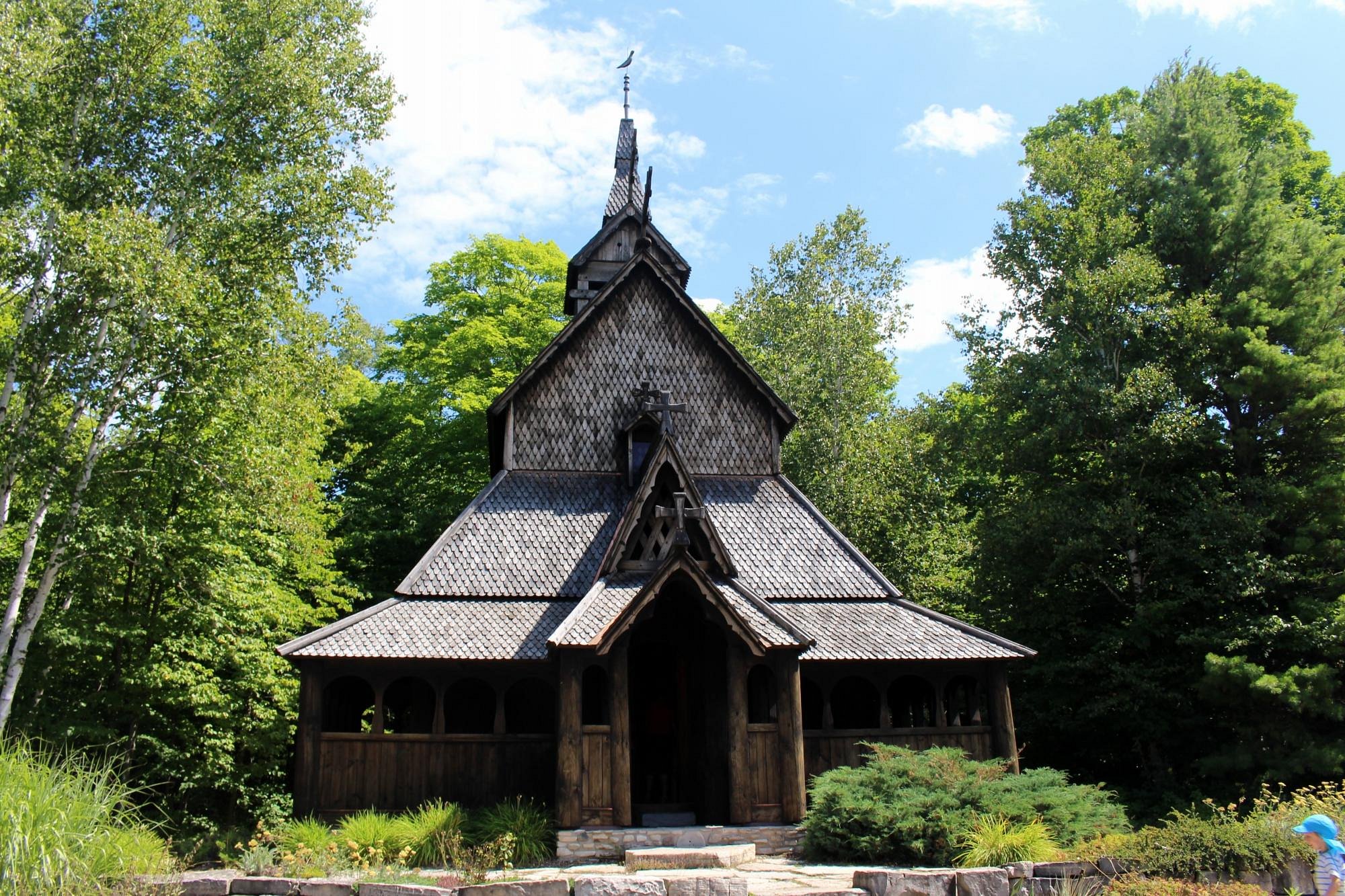
Yet another Nordic settlement is waiting to transport you across the Atlantic. This one is the most remote on the list. Washington Island is part of Wisconsin’s rugged Back Door Country—and it might spook the unsuspecting.
That’s because Icelandic (and other Scandi) immigrants left their imprint through angular, dark-wood churches and other structures. The grandest is a Stave Church (or Stavkirke), which is a type of wooden church that was common throughout Scandinavia in the Middle Ages.
Bahamas: Bahia Honda Key, Florida
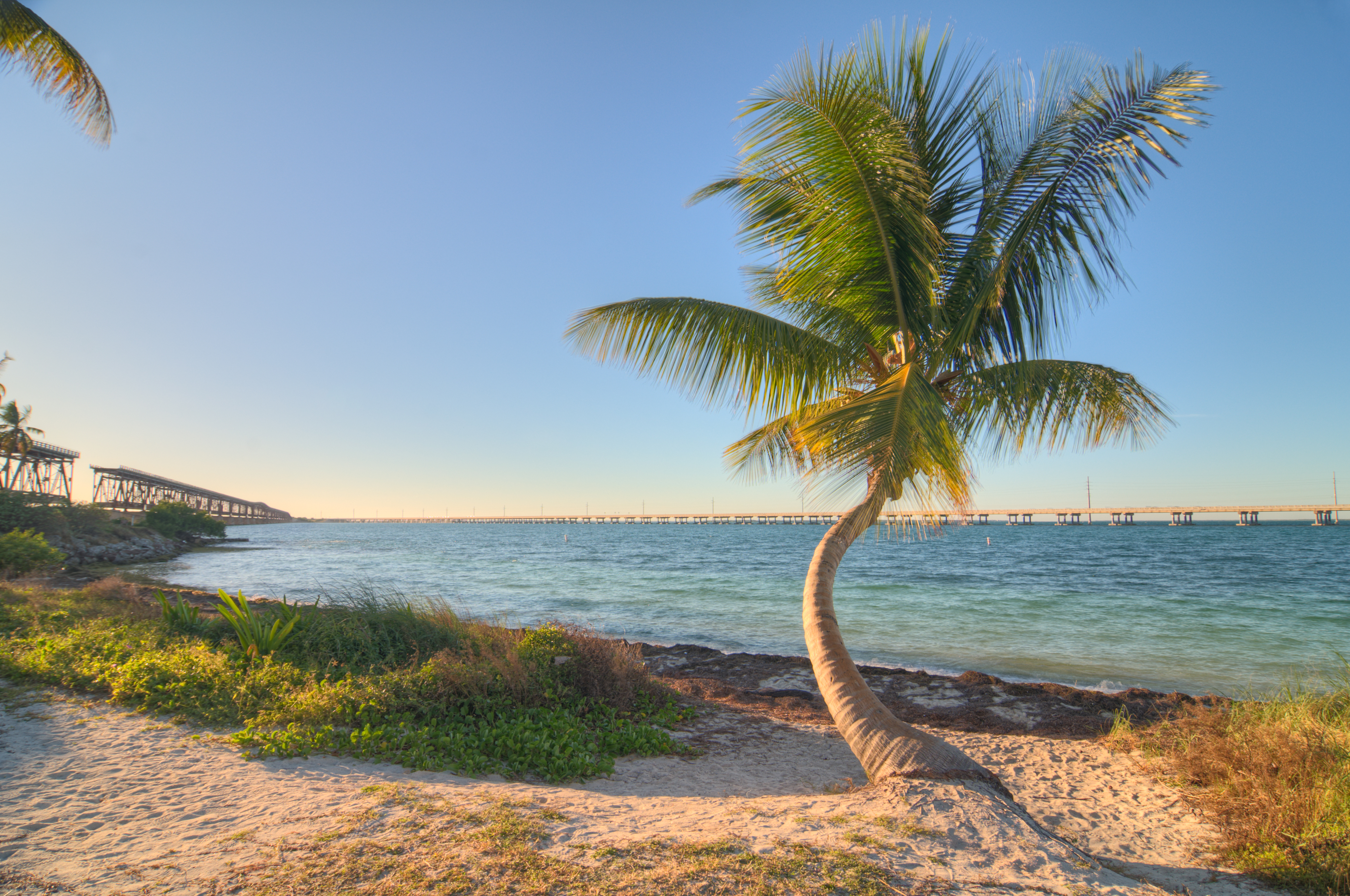
Bahia Honda Key hides between the Spanish Harbor Key and the Ohio Key. What makes it stand out is that it’s virtually uninhabited. For a brief second, you’ll feel that you’re transported outside of Florida to one of the Caribbean’s more tried-and-true tropical hotspots, like the Bahamas.
Haiti & Cuba: Miami, Florida
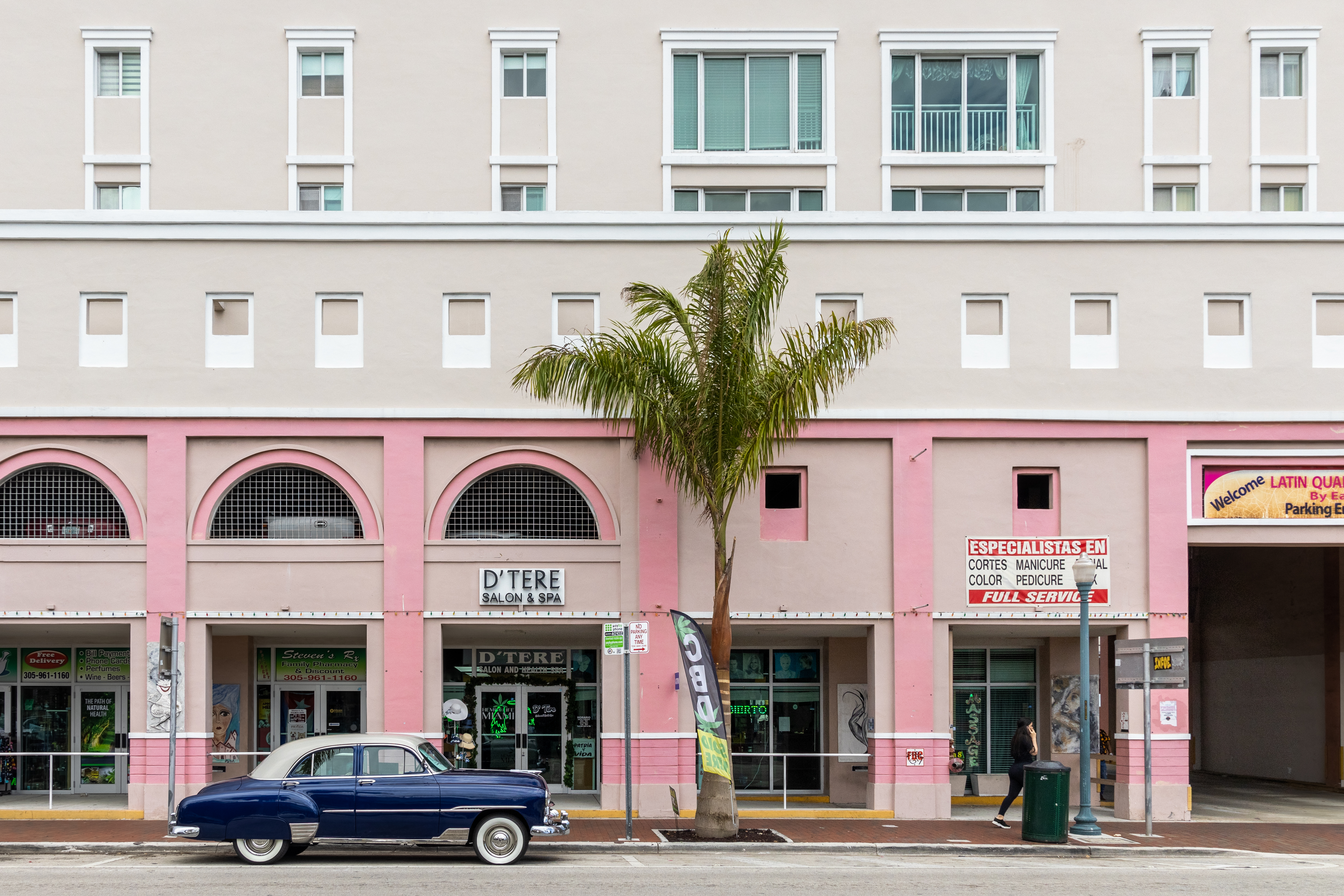
The US is dotted with Chinatowns—and I’d argue almost every city has its own Spanish-speaking neighborhoods, too. But in Miami, you get the distinction between Haiti and Cuba.
Haitians speak Haitian Creole (a blend of French, Taino, and West African dialects), while Cubans speak Spanish. In Miami, you can take a jaunt through Little Haiti and Little Cuba for a crash course in both identities, which is best felt in the music, tasted in the food, and experienced with locals.
